Quark Star
Quark Star
I've written about how neutron stars are formed and, when a supernova occurs in a larger star, how black holes are formed. Now, it appears that it's theoretically possible for the formation of a quark star.
Okay, what the heck is a quark star?
The first question to answer is: what is a quark?
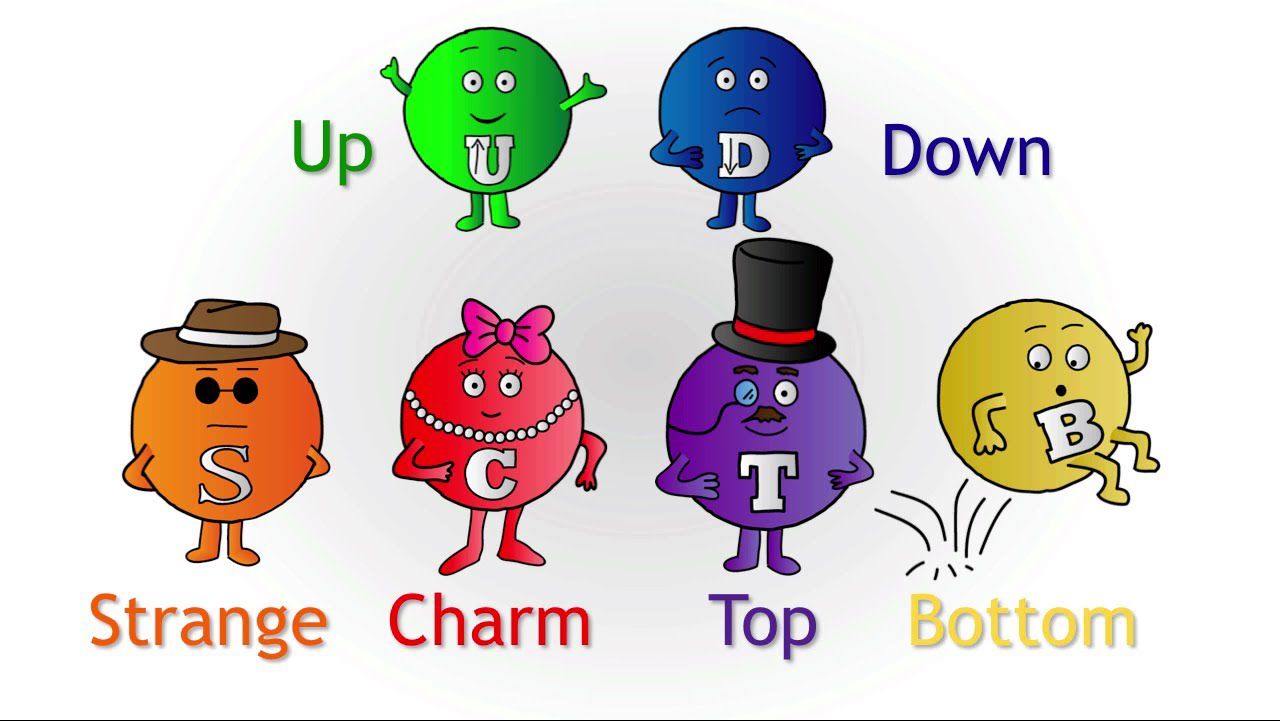
Everyone knows that atoms make up all of the matter that we see, including our bodies. As I've said before atoms are huge compared to the nuclei of atoms, which consist of protons and neutrons. What we see and feel is the electron clouds that swarm around nuclei. Most of the atom is empty space. If the electrons could be removed, what was left of the atoms in our body could fit on the head of a pin. The thing to take away from this is that protons and neutrons are extremely tiny.
However, protons and neutrons are made of stuff that's even smaller, much smaller. These are the quantum particles called quarks. Quarks are considered to be fermions, which are much different than bosons. Photons are bosons.
What's important to know is that the laws of quantum physics forbid fermions to occupy the same quantum state. Quantum states are such things as spin, angular momentum, energy and so forth. What this means is that there is a force beyond which you can't compress quantum particles further. Normally, when you compress neutrons, for example, down too far, they exhibit a property known as degeneracy pressure. This is when the particles are packed so tight the only thing keeping them from destruction is the quantum rule that fermions can't occupy the same quantum state. This is a very complicated and strange phenomenon. No one really understands it fully. If the quantum rule is violated, what you end up with is a black hole.
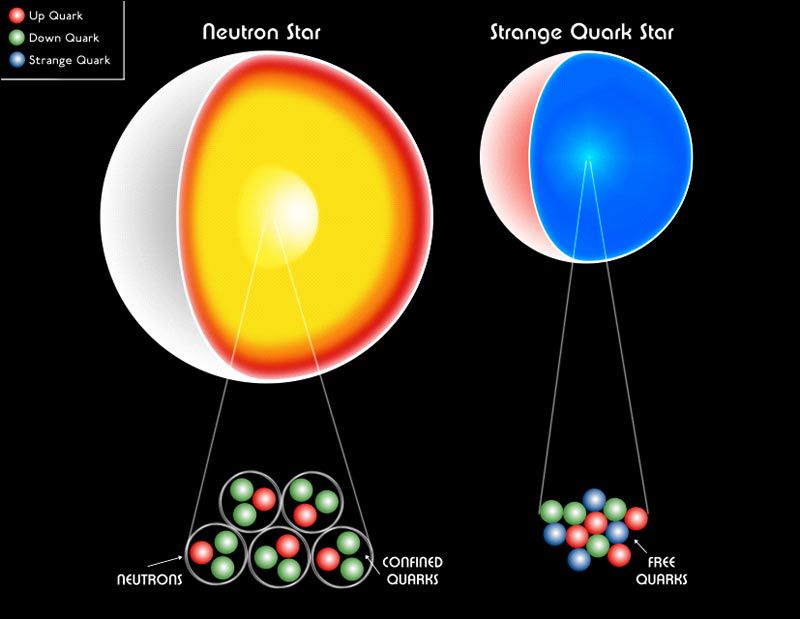
There is a possibility that a neutron star has a core that consists of strange quarks. However, it could be possible to form a pure quark star. The fact is that no one has observed one of these things. They are theoretical.
For one thing a quark star would consist of free quarks. I would call this a quark pie. The density of such a condensed star would be off the charts. Such a star would have densities that are unbelievable.
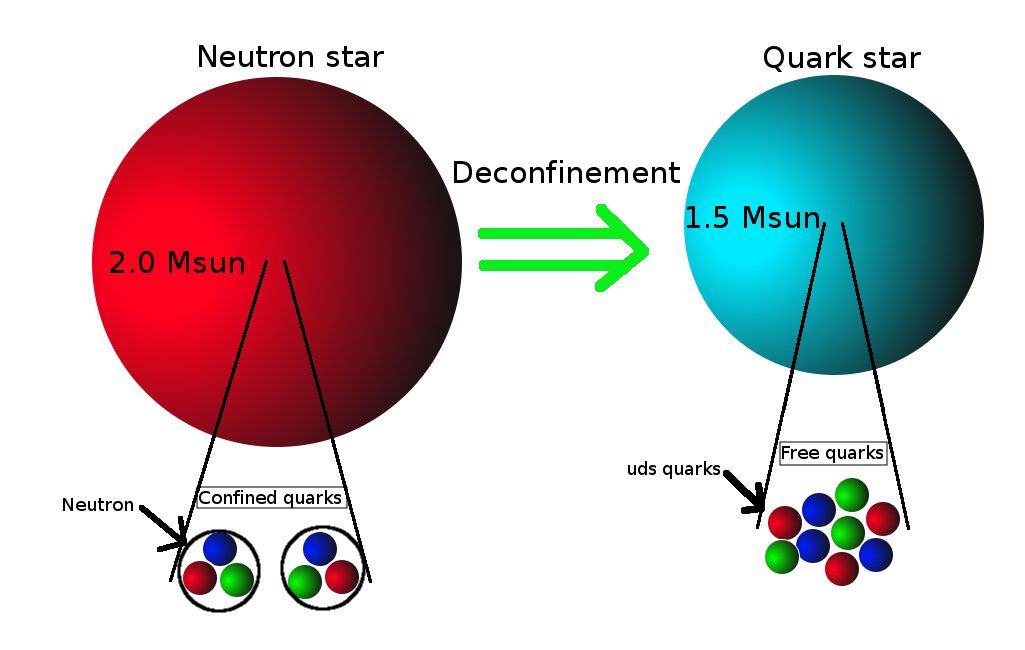
The funny thing about this is that there are two possible kinds of quark stars, depending upon what sort of quarks they're made out of. If the star consists of up and down quarks then it is just a quark star. If the star consists of strange quarks then it's called a strange quark star.
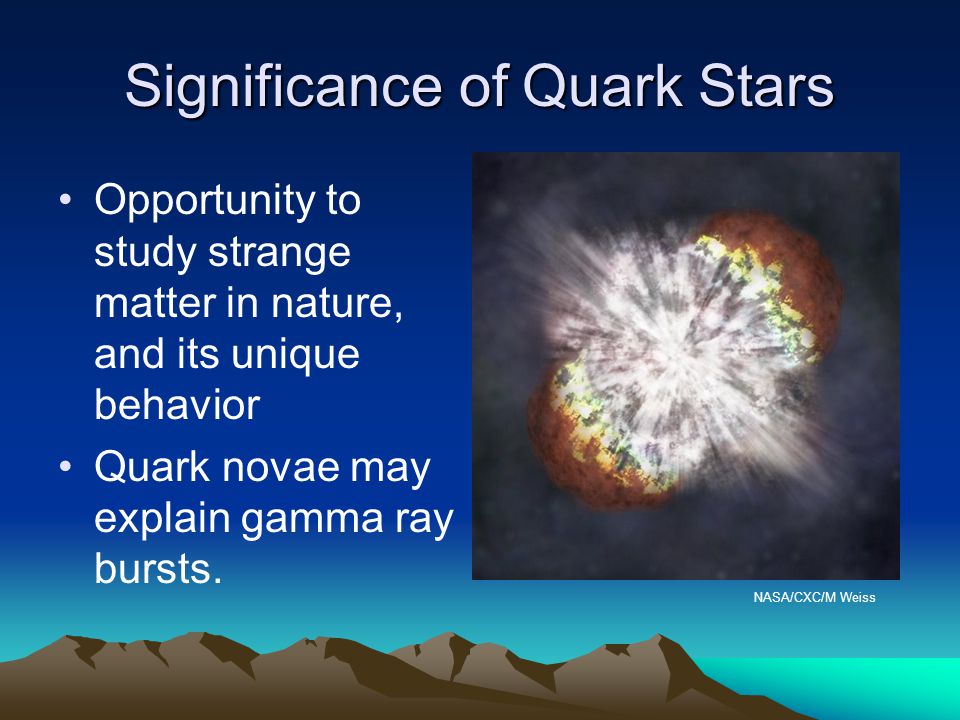
The main thing to take from this is that no one truly understands the nature of a neutron star let alone a quark stars. The math just isn't good enough.
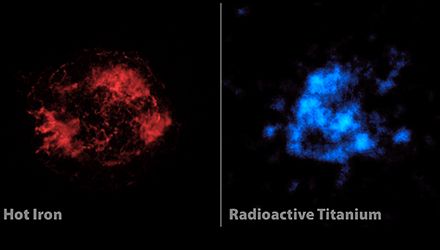
There is observational evidence for odd neutron stars that could be quark stars. Two neutron stars 150 light years away have diameters of only 7 miles, which is too small for a neutron star to be stable. Another candidate is a neutron star that exhibits unusual cooling. Both of these could be quark stars.

Some astronomers believe that some observed supernovae are actually quark-nova, the collapse of a neutron star into a quark star. These cases are in supernovae stars that are 150 times the mass of our sun. The amount of energy released from them is too high for just a supernova and could be the result of a quark-nova.
There is also another strange star know as a preon star, which could be composed of particles that are even smaller than quarks. This idea violates the Standard Model of quantum physics, so it's really theoretical.
My take on this is that it's interesting but not anywhere near being proof that such stars actually exist.
Thanks for reading.
Bạn đang đọc truyện trên: Truyen247.Pro